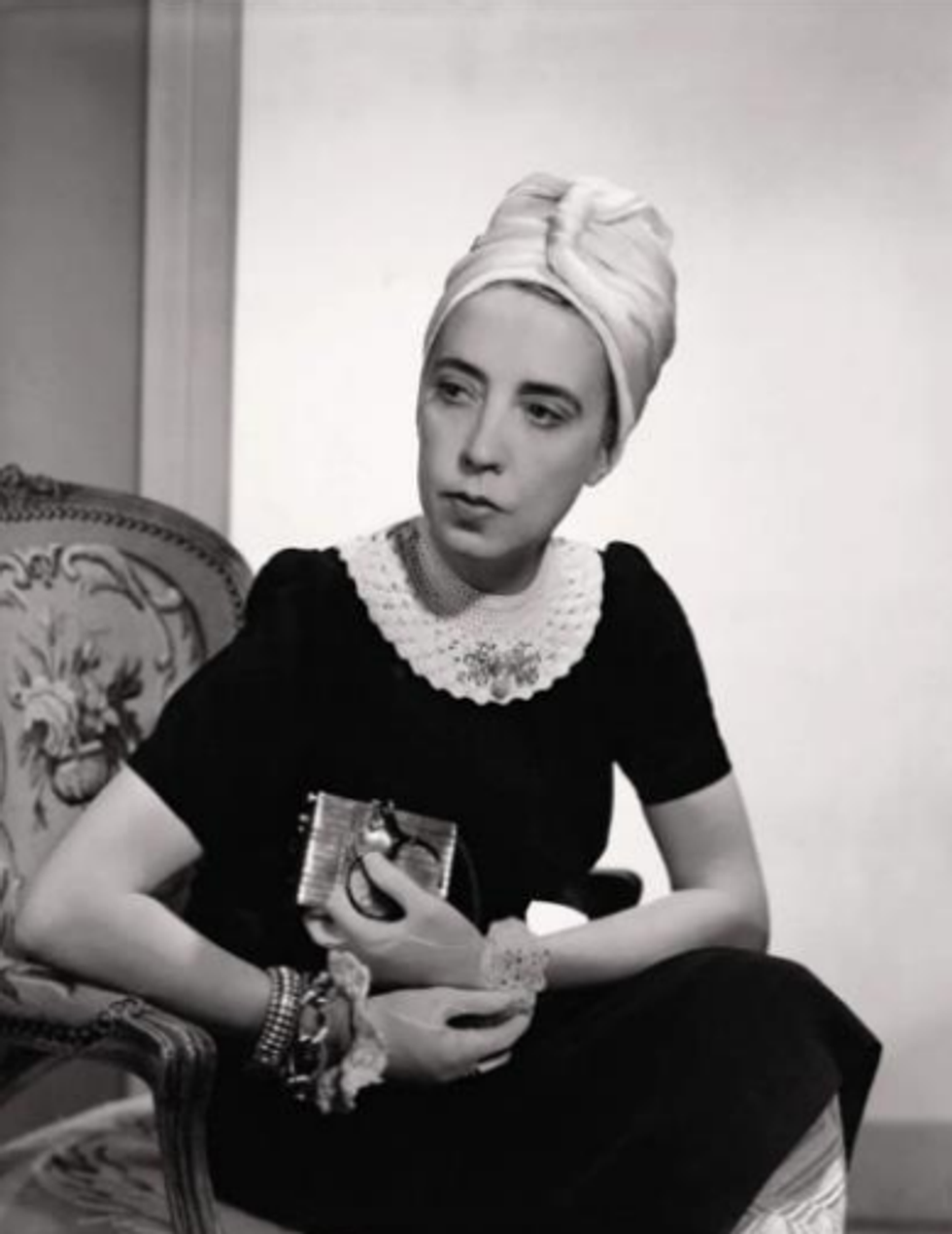TRIBUTES have been paid to leading publisher Terry Mansfield CBE, who died at the weekend, after he acquired the Covid-19 virus.
Mansfield, a former director of the Hearst Corporation, died on Saturday (28). He was 81.
Mansfield started his career in the magazine industry as a 16-year-old office boy at an advertising agency. Following time in the military, he joined Condê Nast in London, where he worked on a number of titles before becoming advertisement manager of Queen magazine.
He joined Hearst UK (then known as NatMags) as the advertisement manager of Harper’s Bazaar. In 1975 he became publisher of the merged Harpers & Queen and, in 1980, was appointed deputy managing director. Two years later, he became managing director of NatMags.
Though he retired officially in 2003, he remained a consultant to Hearst, focusing on new business development and scouting young talent across the UK and in Europe.
Mansfield was also a member of Hearst’s board of directors for almost 10 years, starting in 1993. He became the first non-American to be so appointed to the board in the corporation’s then 106-year-old history.
As well as his executive duties, Mansfield also worked to support a number of charities and organisations. He was a founding member of Victim Support and, with Anne, the Princess Royal, he helped changed the law to protect the rights of victims in court. He was also a major fundraiser for Historic Royal Palaces and last year received an award for his work in raising funds for the Diana Princess of Wales Exhibition and the Children's Playground at Hampton Court Palace.
Mansfield was also associated with Eastern Eye’s publishers, the Asian Media Group. He was chair of the judging panel of the GG2 Leadership Awards (GG2 is a sister publication of Eastern Eye) and was also a member of the Eastern Eye Arts, Culture and Theatre Awards (ACTA) panel.
Among his many roles, Mansfield also acted as chairman and patron of World Heart Beat, a music school for underprivileged children in south London.
He also dedicated time to the Shine Awards, the schools’ magazine awards for over 1000 schools in the UK, and was awarded an Honorary Doctorate by Lancashire University for his work in fashion and for championing talent.
Steven R Swartz, president and chief executive of Hearst, described him as "a brilliant global strategist [who was] integral to our international growth".
"Terry was one of the best judges and coaches of editorial talent that I have known," Gilbert C Maurer, director and former chief operating officer at Hearst, said. "As a result, Hearst UK’s magazine titles were among the best in the nation. Talents like his are rare and the magazine industry will miss him."
Frank A Bennack, Jr., executive vice chairman and former chief executive officer of Hearst, called Mansfield “an international publishing icon.”
He said, “His career spanned half a century and included magazine publishing activities in almost 40 countries. As the first non-American director on Hearst’s board, Terry brought a global perspective that few could match. His excitement about the business was infectious and eternal.”
He is survived by his wife Helen and daughters Victoria and Anna.





 Charithra Chandran styled her hair in soft curls for the Ralph Lauren outfitInstagram/
Charithra Chandran styled her hair in soft curls for the Ralph Lauren outfitInstagram/ Charithra’s look was inspired by her character Edwina Sharma from BridgertonInstagram/
Charithra’s look was inspired by her character Edwina Sharma from BridgertonInstagram/












 Vogue 1940; Designer Elsa Schiaparelli wearing black silk dress with crocheted collar of her own design and a turbanFredrich Baker/Condé Nast via Getty Images
Vogue 1940; Designer Elsa Schiaparelli wearing black silk dress with crocheted collar of her own design and a turbanFredrich Baker/Condé Nast via Getty Images 'Tears' Evening dress and head veil, designed by Elsa Schiaparelli, February 1938 for Circus Collection, summer 1938. Fabric designed by Salvador Dali Victoria and Albert Museum, London
'Tears' Evening dress and head veil, designed by Elsa Schiaparelli, February 1938 for Circus Collection, summer 1938. Fabric designed by Salvador Dali Victoria and Albert Museum, London Natasha Poonawalla attends The 2022 Met GalaGetty Images
Natasha Poonawalla attends The 2022 Met GalaGetty Images  Vogue 1936; Two models, standing in a white room with arrows painted on walls and wearing dresses by Schiaparelli;Cecil Beaton/Condé Nast via Getty Images
Vogue 1936; Two models, standing in a white room with arrows painted on walls and wearing dresses by Schiaparelli;Cecil Beaton/Condé Nast via Getty Images